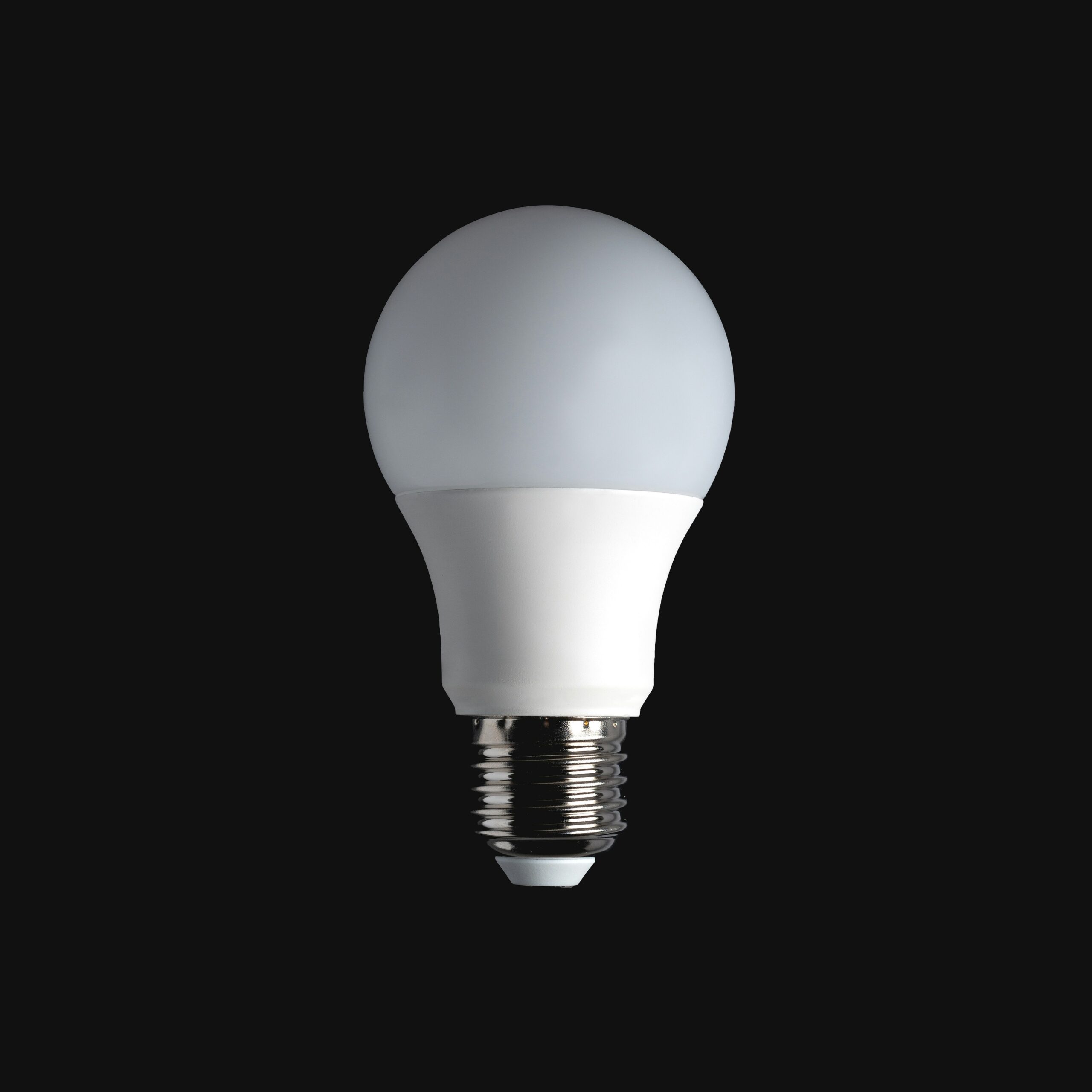Upgrading to energy-efficient light bulbs is a simple and cost-effective way to reduce electricity bills and lessen your environmental impact. Traditional incandescent bulbs consume more energy and have a shorter lifespan compared to modern alternatives. Here’s why making the switch is worth it.
Why Switch to Energy-Efficient Bulbs?
- Lower Energy Bills – LED and CFL bulbs use significantly less electricity than traditional incandescent bulbs, reducing overall energy costs.
- Longer Lifespan – LED bulbs can last up to 25,000 hours, meaning fewer replacements and less hassle.
- Eco-Friendly Choice – Using less energy helps decrease carbon emissions, contributing to a healthier planet.
- Better Light Quality – Modern bulbs offer various color temperatures, from warm white to daylight, to suit different spaces.
Types of Energy-Efficient Light Bulbs
- LED (Light Emitting Diode) – The most energy-efficient option, using up to 80% less energy than incandescent bulbs.
- CFL (Compact Fluorescent Lamp) – A cost-effective alternative that uses about 75% less energy than traditional bulbs.
- Halogen Incandescents – More efficient than standard incandescent bulbs but less energy-saving than LEDs or CFLs.
How to Make the Switch
- Start with High-Use Areas – Replace bulbs in frequently used rooms, such as the kitchen and living room, for immediate savings.
- Check Wattage Equivalents – Look for LED or CFL bulbs that match the brightness (lumens) of your old bulbs.
- Consider Smart Bulbs – Some LED options allow for remote control, dimming, and color changes to enhance efficiency and convenience.
Additional Energy-Saving Tips
- Turn off lights when not in use.
- Use dimmer switches to control brightness levels.
- Take advantage of natural light during the day.
Final Thoughts
Switching to energy-efficient bulbs is a simple upgrade that offers long-term savings and environmental benefits. By making this small change, you’ll enjoy lower electricity bills, better lighting, and a more sustainable home.
